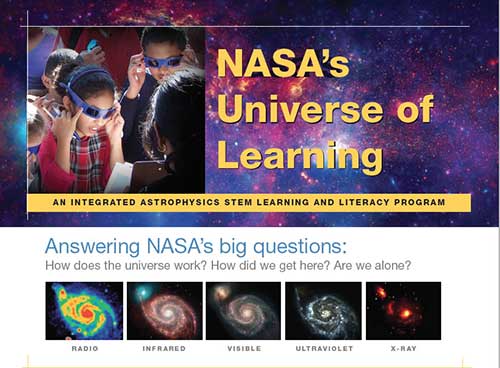Smithsonian Announces Director for Smithsonian Institution Traveling Exhibition Service and Smithsonian Affiliations

Views from the Destination Moon press event that was held in the Mary Baker Engen Restoration Hangar at the Steven F. Udvar-Hazy Center in Chantilly, VA, on February 22, 2017. Event was held to announce the national tour of the Apollo 11 Command Module exhibit. Myriam Springuel, Director, SITES. Photo by Dane Penland. [Apollo DestinationMoon-2-22-2017-0223] [NASM2017-00421]
Smithsonian Affiliations has grown into a globally recognized program that establishes and maintains the Smithsonian’s long-term partnerships with museums, educational organizations, and cultural institutions—there are now more than 200 affiliated organizations in 46 states, Puerto Rico, and Panama. For more than 65 years, SITES has shared Smithsonian exhibitions and educational resources with people and places all across the country. More than 500 communities in all 50 states host SITES shows in formats ranging from large-scale exhibits with iconic Smithsonian objects, to exhibitions for mid-size museums and cultural centers, and from small exhibitions for rural America, to poster exhibitions tailored to school classrooms. Putting these two critical entities together under one leader is an important step in improving capabilities related to several goals in the Institution’s new Strategic Plan, including understanding and reaching new audiences, using partnerships more effectively, and catalyzing new conversations around complex challenges across the nation.
Myriam brings 30 years of experience in museum planning, management, exhibitions, education, and staff training. Before returning to the Smithsonian in 2014, Myriam worked as a consultant with museums across the country. She was Director of Education and later Associate Director for Programs at SITES from 1986 to 1994. Earlier in her career, she curated fine arts exhibitions and developed education programs at the John and Mable Ringling Museum of Art. Myriam holds a master’s degree in art history from the University of Maryland.
We encourage you to engage with Myriam as we consider how to take our work across the country and benefit from our relationships with other museum leaders in the Affiliate community.
Sincerely,
John Davis
Provost and Under Secretary for Museums, Education, and Research
Patty Bartlett
Associate Provost for Education and Access and Senior Advisor to the Secretary
If you have questions, please contact Myriam Springuel, Director, Smithsonian Institution Traveling Exhibition Service and Smithsonian Affiliations at SpringuelM@SI.edu





 The New Mexico Humanities Council awarded a $5,000 grant to the
The New Mexico Humanities Council awarded a $5,000 grant to the 

